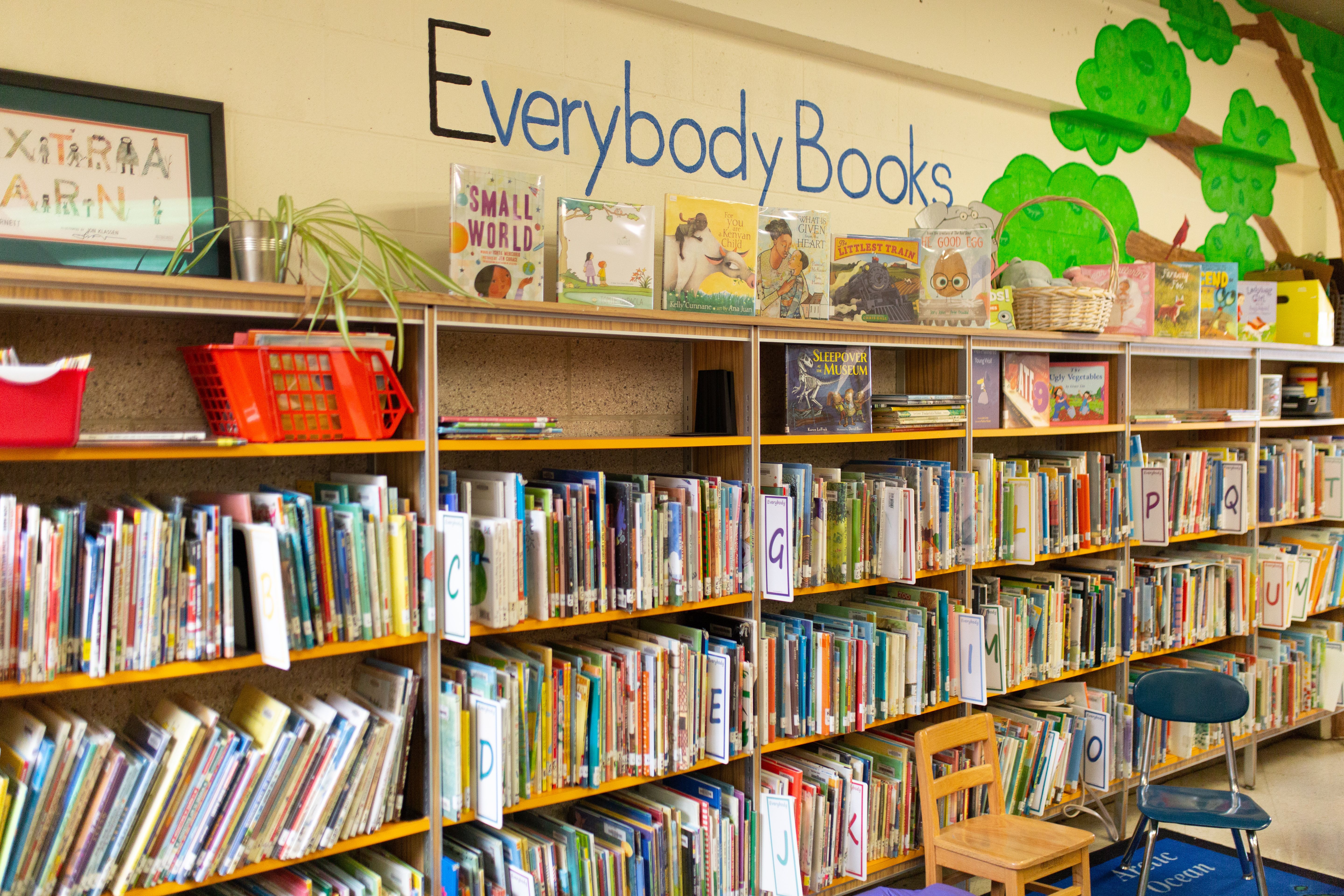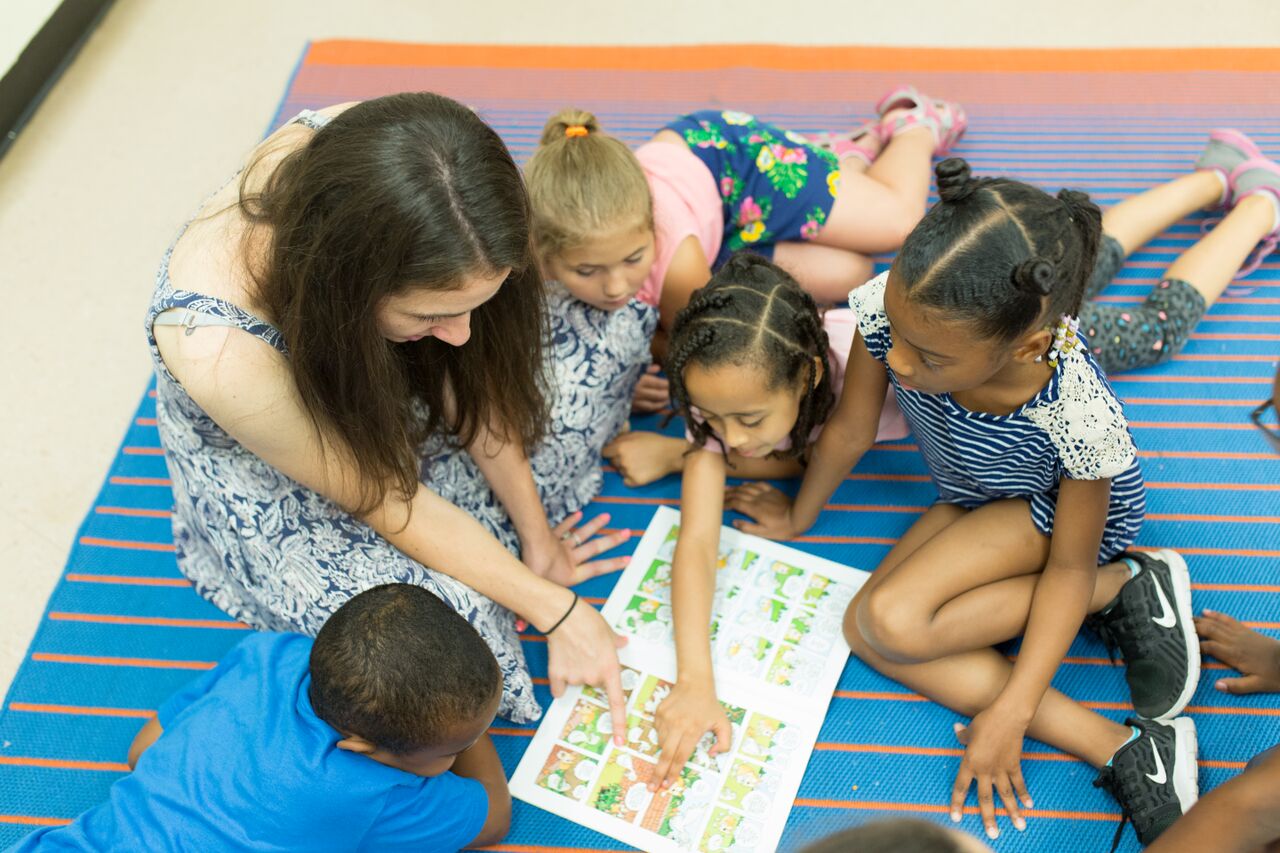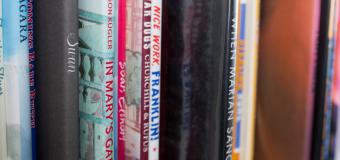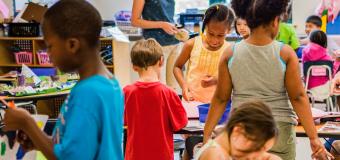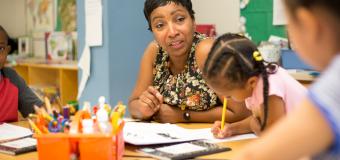Educators play a crucial role in teaching students not only the curriculum but how to be kind and compassionate toward others. You know you want your classroom to be alive with learning but also inclusive and anti-racist. You know that diversity, equity, and justice are more important now than ever—and that learning about them can’t start too early.
But how do you approach an anti-racist education? Our literacy faculty believe that one way is through children’s literature. Here are some of their tips for using books to support an anti-racist education. A list of resources follows.
1. Choose books carefully.
Find diverse books—texts that show a variety of people and cultures in a variety of settings. Choose books that will help children understand that there are differences among people, but that all have a rightful place in the circle. They should be well written and illustrated and offer opportunities for readers to engage with them. As you choose, consider who your students are and how well the book will align with their experiences, interests, and knowledge. Choosing diverse books for teaching will help you to be an anti-racist educator—meaning you are actively participating in eliminating racism.
2. Think of mirrors, windows, and sliding doors.
Rudine Sims-Bishop, Professor Emerita, The Ohio State University, wrote a powerful analogy about how books can broaden horizons:
"Books are sometimes windows, offering views of worlds that may be real or imagined, familiar or strange. These windows are also sliding glass doors, and readers have only to walk through in imagination to become part of whatever world has been created and recreated by the author. When lighting conditions are just right, however, a window can also be a mirror.”
Look for books that open up new experiences for your students and that give them an opportunity to see themselves in a new light. Books should validate students' lived experiences, showing them they are not alone in their hopes, dreams, and challenges. Students can also learn compassion and empathy for others when they peek into different worlds.
3. Listen actively to what students are saying.
Before reading a new book, tell students what the text will be about, and ask about their experiences with and knowledge of the book’s topic. As you explore the book, encourage them to ask questions about the text and to offer their thoughts and ideas. Readers interact with books and create meaning in different ways that can be surprising and illuminating. And take time to ask yourself, “Is what I’m teaching helping my students make sense of the world and all that’s happening?”
